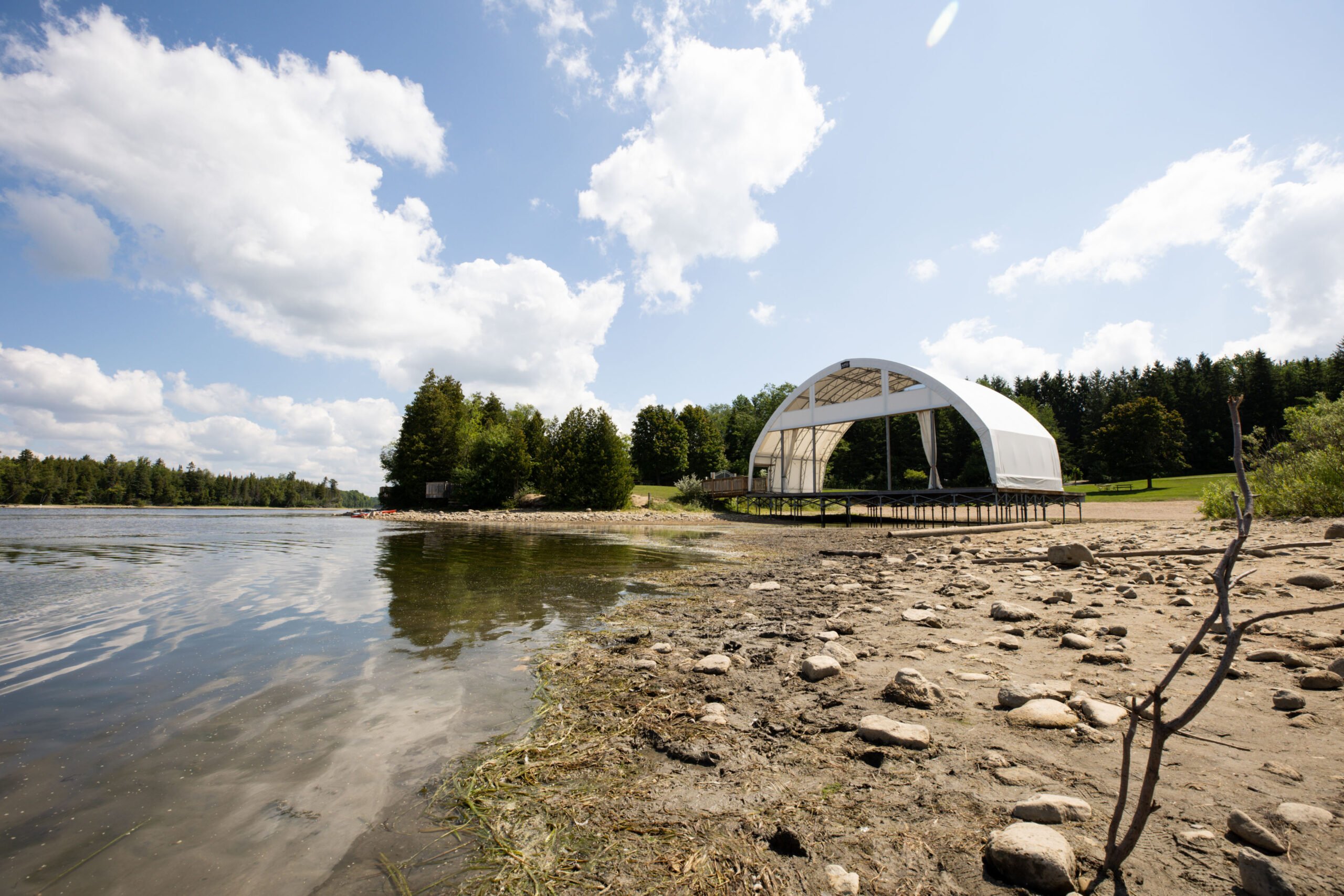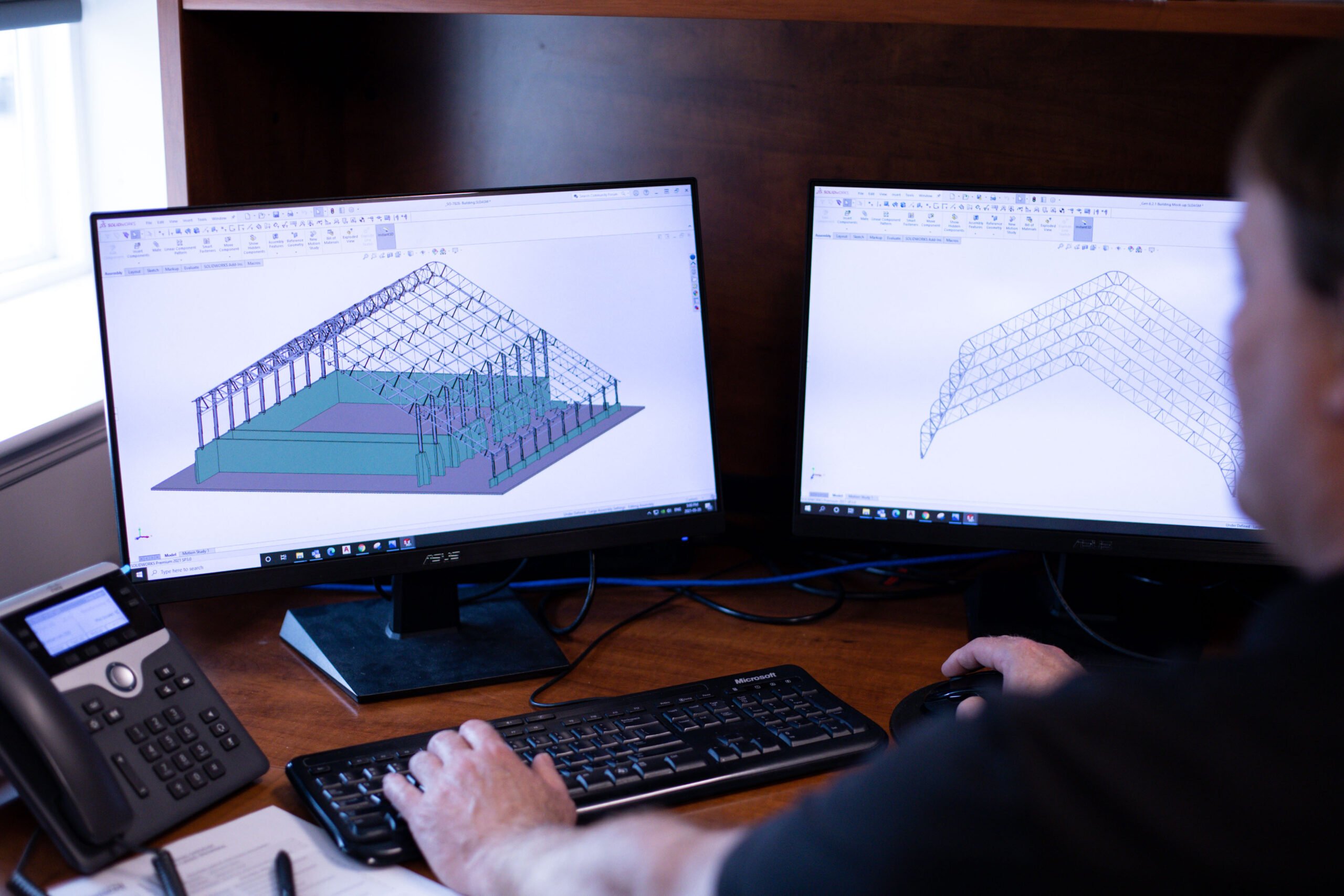Why Fabric Structures Offer Unmatched Flexibility for Businesses Evolving Need

Space needs change. Projects shift location, seasonal peaks arrive, and new contracts demand fast capacity. If you are weighing your options, flexible fabric structures solution gives you a practical way to add covered space that can move, grow, or downsize without locking you into a permanent footprint. This guide explains why relocatable systems work so well, which features to look for, and how to align the structure with budget, code, and lifecycle goals.
New to fabric? Start with the advantages of a fabric structure, then explore Britespan’s benefits.
What Makes Fabric Structures Ideal for Temporary or Short-Term Use?
Speed, light site work, and modularity are the core advantages. Most installs require modest foundations, which keeps ground prep simpler and faster than conventional builds. Crews can stage materials efficiently, tension the cover, and hand over a weather-tight building in a fraction of the time.
Why fabric structures work for short timelines
- Fast setup minimizes downtime between project phases and seasonal changeovers.
- Minimal site prep reduces excavation, spoils, and restoration costs.
- Modular bays make adding length straightforward as demand grows.
- Clear-span interiors fit racking, vehicles, and equipment without interior columns.
If you need space only for a quarter or two, temporary fabric buildings allow you to scale up for peak activity and scale down when the surge passes. For storage and overflow, review onsite storage that costs less than renting and the ultimate warehouse and storage solution for practical planning tips.
How Easy is it to Relocate Fabric Structures?
Relocation is a core design intent, not an afterthought. Frames are bolted, covers are tensioned, and anchorage systems can be uninstalled and reused, which makes relocatable fabric buildings a strong fit for project-based work.
Typical relocation steps
- De-tension and remove the cover, protect it with proper handling and storage.
- Disassemble the frame into transportable bundles.
- Extract anchors or disconnect from curbs or piles, depending on the foundation.
- Transport to the new site, then reverse the process for reinstallation.
That workflow suits construction laydown, exploration programs, disaster response, event staging, and agricultural surge capacity. When you expect multiple moves, ask your rep to optimize for portability with standardized bay lengths, hardware kits, and documentation that simplifies repeat sets. This is where modular fabric structures shine, because each bay functions as a repeatable building block.
Can a Relocatable Building Still be Engineered for Durability and Code Compliance?
Yes. A relocatable facility can be fully engineered, stamped for local wind and snow loads, and outfitted with fire and egress provisions, just like a permanent installation. Think of the building as a high-performance kit that is designed to move. With the right specifications, you still get structural capacity, long cover life, and safe day-to-day operations.
Relocation does not “re-rate” a building to higher wind or snow loads without engineering changes. If the new site has the same or lower design loads than the original, we can typically re-seal engineered drawings for the new location with updated site information. If the new site requires higher loads, the structure and/or anchorage must be re-evaluated and modified (or new components specified) to meet code.

Modular fabric structures like these offer unmatched flexibility, providing fast, covered space for various temporary or evolving requirements on any site.
Engineering essentials to request
- Sealed drawings for frame, anchorage, and site loads
- Wind and snow design criteria matched to your jurisdiction
- Door, egress, and occupant safety features aligned to use
- Corrosion protection and splash details based on environment
For a deeper dive on the value of stamped designs and compliant systems, see why industrial and commercial construction companies choose fabric buildings.
Where do Flexible Fabric Structure Create the Most Value?
Seasonal and project-based operations
Move a building from staging to storage as work shifts. Set a unit for harvest, then relocate for winter service bays. If you farm, lease, or contract across multiple sites, portable building solutions keep assets covered where they are needed most.
Remote and evolving job sites
Exploration programs, soil reclamation, wastewater treatment plant rehabilitation, mining, temporary depots, and construction lay down benefit from fast installs, straightforward anchorage, and the ability to demobilize cleanly at project end.
Cost and cash flow planning
Relocatable buildings help match capital to revenue. You can deploy space quickly, then right-size later without sunk demolition costs. If the financing strategy is part of the decision, compare options in leasing to own vs buying your agricultural fabric building.
What Should You Specify for a Relocatable Solution?
Treat the spec like a permanent building, with a few smart tweaks for mobility and reuse. The goal is a structure that sets quickly, works hard, and moves without drama.
Fabric Structures and frame
- Hot-dip galvanized steel sized for regional loads and repeated assembly
- Bay spacing that balances portability with door and equipment needs
- Connection details that speed install and simplify future moves
Cover and enclosure
- High-quality, UV-stable fabric with documented warranty
- Edge protection and abrasion shields at high-traffic points
- Options for liners if interior cleanliness or condensation control matters
Doors and access
- Right-sized openings for your fleet or forklifts
- High-cycle hardware for frequent use
- Multiple access points to smooth traffic and reduce idle time
Ventilation and environment
- Natural light for visibility and energy savings
- Ridge vents, chimneys, or mechanical ventilation where dust or fumes are present
Foundations and anchorage
- Curbs, ballast, or helical piles selected for soil and move frequency
- Hardware and anchors that can be removed and reused with minimal disturbance
Operations and lifecycle
- Documented disassembly and reassembly steps
- Spare hardware kits that travel with the building
- A maintenance plan for tension checks and fastener inspections
For a compact, relocatable footprint that still delivers serious performance, explore the Atlas Series and our broader product lineup. You can also review service life and coverage in our Warranty.
Are Fabric Structures Truly Reusable?
When you plan for relocation from the start, yes. Reusable fabric buildings are designed to move multiple times across their life. The frame, hardware, and cover are all selected with repeat cycles in mind, and accessories such as doors and lighting can travel as well. Many customers pair reuse with incremental length additions to track growth over several seasons or project phases.
Quick Answers for Busy Teams
How long does installation take?
Timelines vary with size and site prep. Crews can complete smaller spans quickly once foundations and utilities are ready.
Do temporary fabric structures still need permits?
Often yes. Many jurisdictions require permits for short-term use. A stamped package and code-aligned egress make approvals straightforward for temporary fabric buildings.
Can I relocate during winter?
With the right plan, yes. Crews can de-tension covers, work in bays, and reset on frozen ground. Talk with your rep about weather windows and logistics.
Putting it All Together
If your needs change by season, project, or customer, flexible fabric building solutions give you control. You can set space where it creates value, relocate it when priorities shift, and keep assets covered without over-committing capital. That is the promise of portable building solutions that are engineered for real-world use, whether you need short-term surge capacity or a long-term asset that can move.
Ready to compare options, budgets, and timelines? Our team can help you align the scope to the schedule and site. Explore Benefits, review the Atlas Series, and browse Warranty details. When you are ready to talk numbers and availability, connect with sales. For more planning context, see the ultimate warehouse and storage solution and the advantages of a fabric structure.
Flexible fabric building solutions meet you where you work. Relocatable fabric buildings, modular fabric structures, and truly reusable fabric buildings let you respond to the market, protect assets, and move with confidence as your operation evolves.

